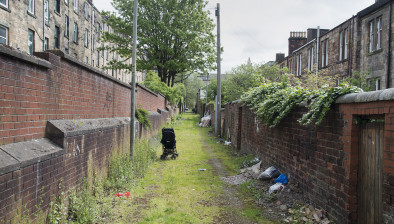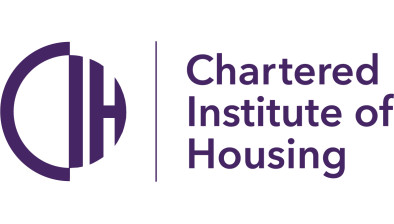Charity loses landmark VAT case on construction costs
 A charity that runs a watersports centre for children has lost a £135,000 VAT case to HM Revenue & Customs in a decision that could have significant implications for the rest of the charity sector.
A charity that runs a watersports centre for children has lost a £135,000 VAT case to HM Revenue & Customs in a decision that could have significant implications for the rest of the charity sector.
The charity built a new commercial property and incurred VAT on the construction costs. It believed VAT should not have been charged, based on its non-business use of the building.
The Court of Appeal overturned two tribunal decisions that supported charity Longridge on the Thames’ claims that it should not pay the tax on the facility.
The VAT cost for construction was £135,000 and the charity, which is not VAT registered, considered that the fees received for instruction and training (which were well below cost) should be classed as non-business income.
This would permit the construction services for the building to be zero rated.
HMRC challenged this and stated that Longridge was “in business” even if the charges for services were below cost. On this basis the building services were subject to VAT at 20 per cent.
The charity took its case to Tribunal and won the first two Tribunal hearings, but has now lost at the Court of Appeal.
The result could affect any charity involved in the construction of a new facility/HQ where non business income is involved. As this case has been ongoing for some years, it is possible that some charities relied on the original decision to claim zero rating on a new commercial building.
Builders who constructed such properties will be the party that HMRC assess (plus penalties and interest) as it is the supplier who has the responsibility for getting the VAT treatment correct.
Any builder that constructed a commercial building for a charity may now be open to a VAT charge.
If HMRC visit the builder and assess for VAT uncharged, the builder will be required to pay the VAT due and any penalties and interest added. If the contract with the charity is deemed “full and final”, the builder has no recourse and will have to incur the cost. If the contract is silent on VAT or states it is “VAT exclusive”, it is possible that the builder could go back to the charity to recoup the extra 20% now deemed due.
Both charities and construction clients involved in such projects over the past 4 years might find they need to check the legal terms of historic contracts to clarify their positon to be prepared for the VAT treatment to be questioned, in advance of any potential HMRC inspection.
Analysis – Maria McConnell, VAT senior manager at French Duncan

So what does this Tribunal result mean for charities who may be in the course of constructing RCP buildings of their own and in doing so, may have looked to the previous Tribunal successes of Longridge as a means test to their own activities?
The obvious first step would be to consider any potential charges that might be levied for the use of the premises, as it no longer appears to be considered relevant that charges levied are below cost; the very fact there is any charge made in connection with an activity might now be sufficient for previously non-business activities to now be considered business activities, under the much narrower parameters of the ‘economic activity’ test applied out by the Court.
Charities should consider whether they are able to change how they raise income to support their activities, perhaps introducing requests for donations. HMRC have specific guidelines about what they consider a true donation, which can therefore be treated as outside the scope and not business income. In particular, a minimum donation should not be ‘set’ in connection with an activity, as HMRC will consider this a charge, but a suggested donation can be a way of trying to guide potential users in the right direction. Ultimately, providing there is no direct link between a donation received and the provision of an activity or service then such activities would arguably remain non-business for VAT purposes, e.g. an activity could still take place even where no donation was provided.
For those charities which have constructed RCP buildings in the past, there is a risk that HMRC may revisit the zero rated treatment of the building work, particularly in cases where the Longridge decision was used as a means to secure the zero rating certificate and HMRC’s approval was sought. In most cases, charities do not need to seek approval to issue a RCP certificate and therefore HMRC will not necessarily start to target all charities which have built RCP buildings in the past 4 years, but rest assured it will be closely reviewed at the next VAT inspection.
HMRC may, however, pay closer attention to RCP certified contracts undertaken by builders and may carry out an increased number of credibility checks to charities following VAT inspections to builders which hold certificates supporting zero rating of significant projects. Whilst it is the builders’ responsibility to treat the supply correctly for VAT purposes, it is unfair for HMRC to expect building contractors to question the nature of a charity’s activities when receiving an RCP certificate and certainly many will take it at face value and apply the zero rate.
So what might the ongoing fall out of this judgement be? Charities might have to rethink their activities and income streams in respect of planned RCP buildings prior to issuing certificates. At the same time, builders should ensure they build warranties into their contracts for such projects, to ensure any potential disputes with HMRC in respect of zero rated RCP buildings will see the VAT charge (and associated penalties) remaining the responsibility of the charity. Not very charitable I know, but a sensible business approach.









